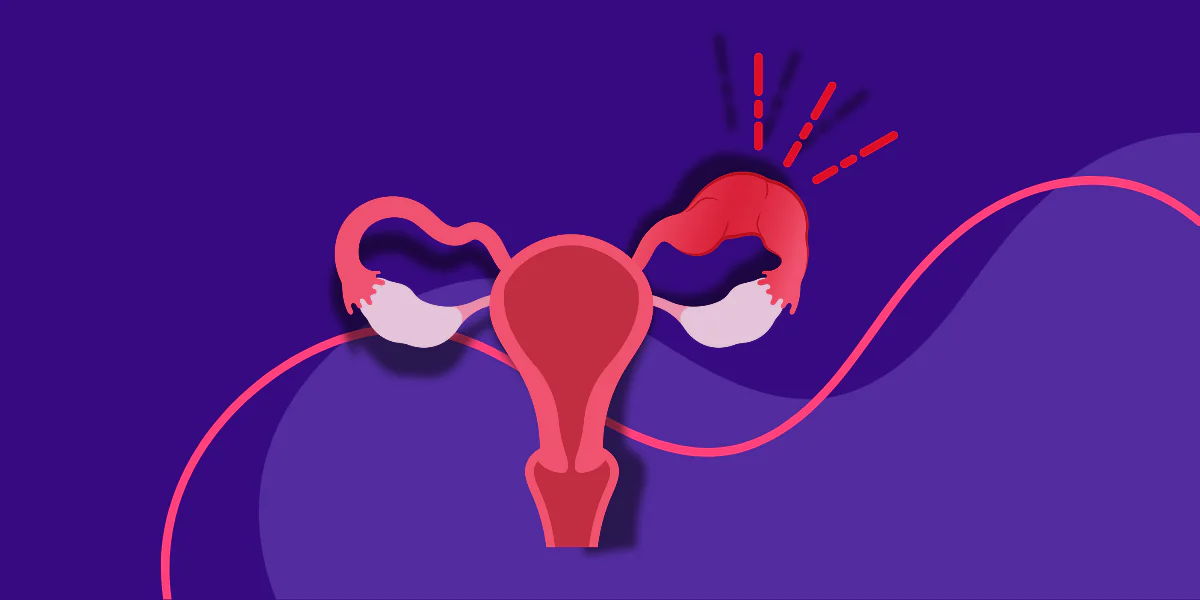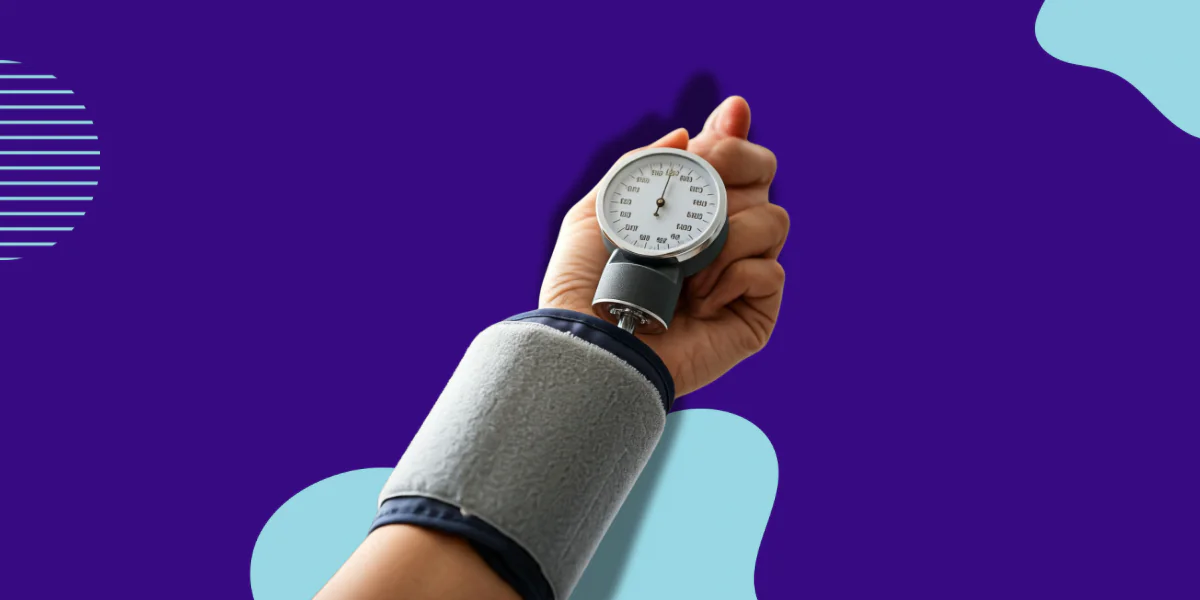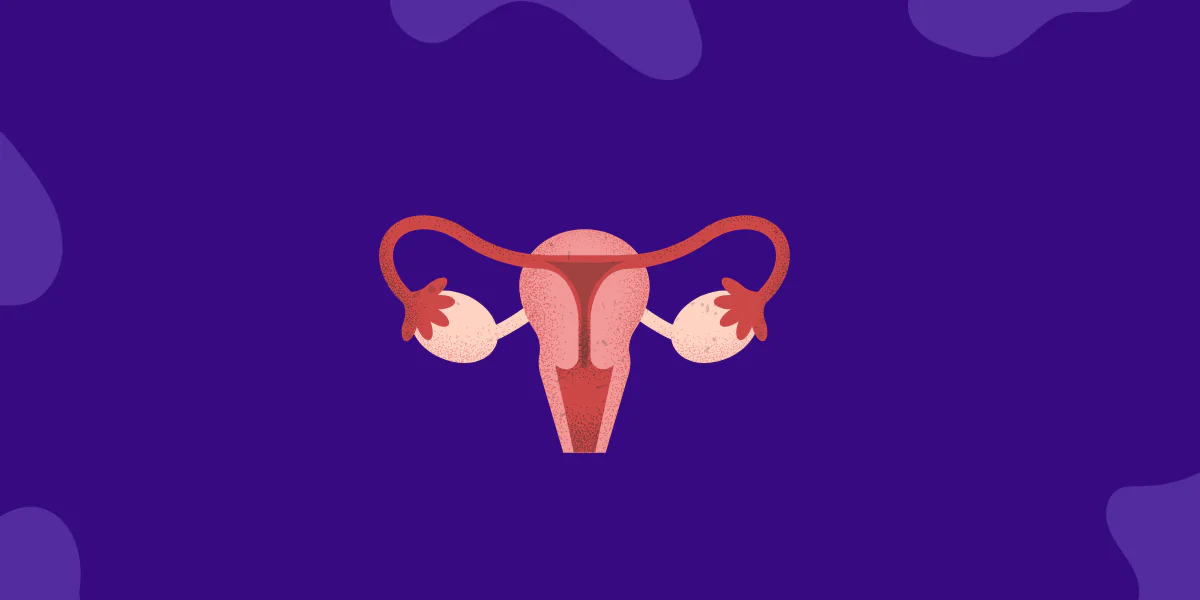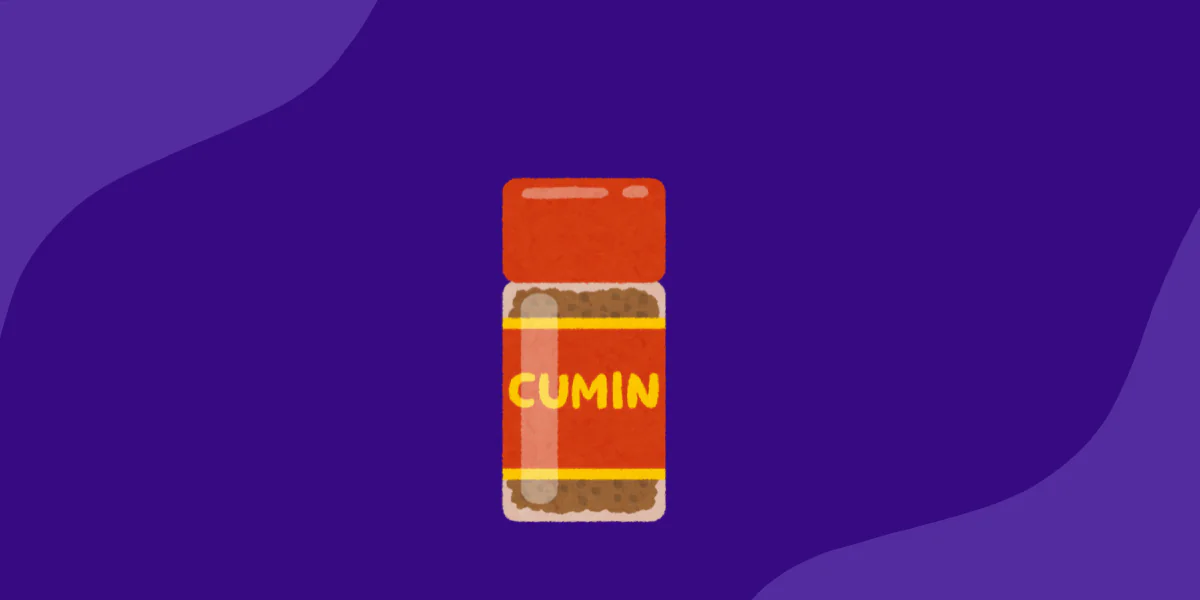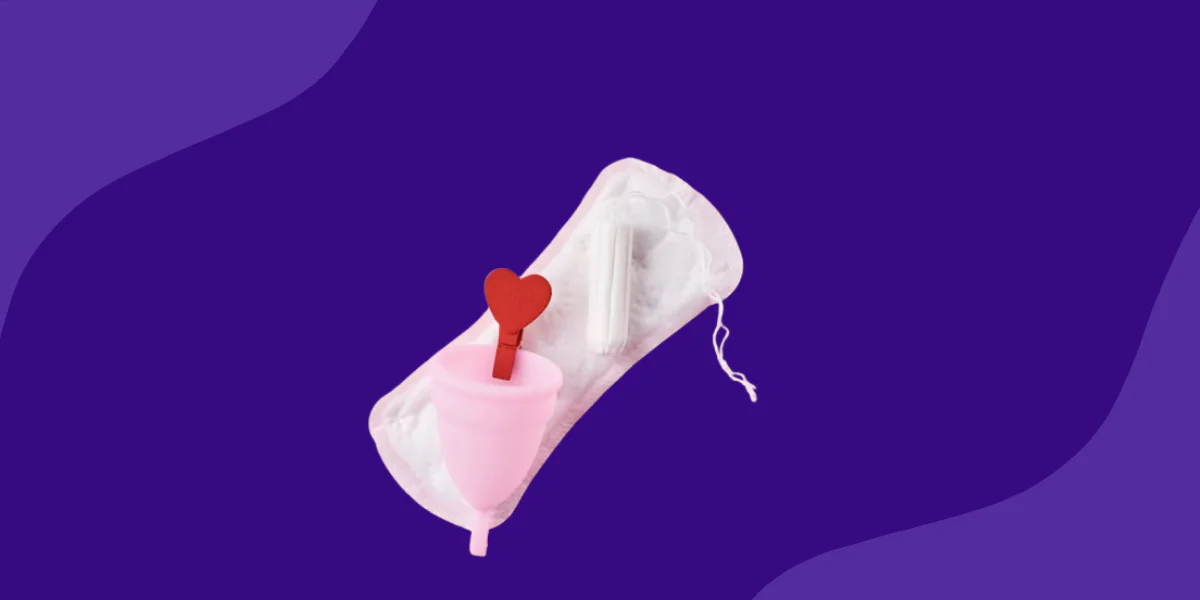Introduction
After childbirth, a woman’s body undergoes significant changes, especially in the core and pelvic region. Regaining strength and stability in these areas is crucial for postpartum recovery. Whether you’ve had a vaginal birth or a C-section, starting gentle exercises that focus on core and pelvic floor strength can help you return to your normal routine, reduce postpartum discomfort, and boost your overall well-being.
Why Core Stability Is Essential After Pregnancy
Pregnancy stretches and weakens the abdominal muscles, including the deep core muscles that help stabilize the spine. The pelvic floor, which supports the bladder and uterus, also weakens, leading to potential issues like incontinence. Strengthening these areas helps new moms regain control over their bodies and prevents long-term issues like diastasis recti (ab separation) or back pain.
When to Start Postpartum Exercises
Before starting any exercise routine, it’s essential to consult with a healthcare provider, especially if you had a complicated delivery or C-section. Typically, women can begin light exercises like walking and pelvic floor exercises as soon as they feel comfortable. However, more intense exercises should wait until about 6-8 weeks postpartum.
Pelvic Floor Exercises
Pelvic floor exercises, often referred to as Kegels, are fundamental for postpartum recovery. They help to strengthen the muscles that support your bladder, bowel, and uterus.
How to Do Kegels:
- Sit or lie down in a comfortable position.
- Squeeze the muscles as if you’re trying to stop the flow of urine.
- Hold for 5-10 seconds and then release.
- Repeat 10-15 times, gradually increasing the duration as your muscles strengthen.
Diaphragmatic Breathing
This deep breathing exercise helps engage your core muscles without putting pressure on your abdomen. It can be done in the early postpartum phase.
How to Perform Diaphragmatic Breathing:
- Lie down on your back with your knees bent.
- Place one hand on your chest and the other on your abdomen.
- Inhale deeply through your nose, allowing your belly to rise while your chest remains still.
- Exhale slowly through your mouth, feeling your belly lower.
Pelvic Tilts
Pelvic tilts help re-align your spine and strengthen your core muscles. This simple movement can ease lower back pain and help restore core stability.
Steps:
- Lie on your back with your knees bent and feet flat on the floor.
- Tighten your abdominal muscles and flatten your back against the floor by tilting your pelvis upward.
- Hold for a few seconds and release. Repeat 10-15 times.
Bridge Exercise
Bridges target your glutes, hamstrings, and lower back, helping to rebuild lower body strength while engaging the core.
Steps:
- Lie on your back with your knees bent, feet hip-width apart.
- Lift your hips towards the ceiling, squeezing your glutes as you raise your pelvis.
- Hold at the top for a few seconds, then lower slowly.
Modified Planks
Planks are excellent for building core strength but should be approached with caution postpartum. Start with modified knee planks to avoid straining your abdomen.
How to Do a Modified Plank:
- Start on all fours, with your forearms on the ground.
- Step your feet back until your body forms a straight line from your shoulders to your knees.
- Engage your core and hold for 10-15 seconds, gradually increasing the duration as you get stronger.
Side-Lying Leg Lifts
This exercise strengthens the hips and pelvic region, which can become weak after pregnancy.
Steps:
- Lie on your side with your legs stacked.
- Slowly lift your top leg to about 45 degrees.
- Hold for a few seconds, then lower. Repeat 10-12 times on each side.
Bodyweight Squats
Bodyweight squats are great for building strength in your legs and core, promoting stability, and improving posture.
Steps:
- Stand with your feet shoulder-width apart.
- Lower your body as if sitting in a chair, keeping your knees behind your toes.
- Return to standing and repeat 10-15 times.
Walking and Gentle Cardio
Walking is one of the safest and most effective postpartum exercises. It improves cardiovascular health and boosts mood, without putting stress on your healing body. Start with 10-15 minute walks and gradually increase the duration.
Postpartum Yoga for Core Stability
Gentle yoga poses like child’s pose, cat-cow, and cobra can improve flexibility, reduce stress, and help you reconnect with your body during postpartum recovery. These poses also aid in strengthening your core and pelvic muscles.
Warning Signs to Watch for During Postpartum Exercise
While exercise is important, it’s crucial to listen to your body. If you experience any of the following, stop exercising and consult your healthcare provider:
- Sharp pain or discomfort
- Excessive bleeding
- Feeling dizzy or faint
- Heavy abdominal pressure
Here are short video for each exercise:
- Pelvic Floor Exercises (Kegels): KEGEL Exercises for MEN to last longer | Pelvic floor exercises | Erectile Dysfunction Treatment by Medinaz
- Diaphragmatic Breathing: Diaphragmatic Breathing Demonstration from Michigan Medicine by Michigan Medicine
- Pelvic Tilts: Pelvic tilts by Canadian Chiropractic Guideline Initiative (CCGI)
- Bridge Exercise: Glute Bridge Exercise – The correct way of doing it by Back Intelligence
- Modified Planks: Modified Plank for Beginners | Core & Lower Back Pain Exercises by Phyxable
- Side-Lying Leg Lifts: Pelvic health education Side lying leg lift by Sheffield Teaching Hospitals NHS Foundation Trust
- Bodyweight Squats: How to do a bodyweight squat | Bupa Health by Bupa Health
- Walking: 10-minute Indoor Walking Workout for Seniors, Beginner Exercisers by yes2next
- Gentle Cardio: Gentle Cardio & Strength Workout | No Twisting or Bending by yes2next
- Postpartum Yoga: Feel Good Postnatal Yoga (Feel Refreshed After This Postpartum Yoga Class) by Pregnancy and Postpartum TV
Tips for Staying Consistent with Postpartum Workouts
- Set Realistic Goals: Start small and gradually increase intensity. Even 10-15 minutes a day can make a difference.
- Find Support: Join a postpartum exercise group or involve your partner in your fitness journey.
- Prioritize Rest: Rest is just as important as exercise, especially during postpartum recovery.
Final Thoughts
Recovering from childbirth takes time, and every woman’s journey is unique. With patience and a focus on gradual improvement, postpartum exercises can help you regain strength, stabilize your core, and restore your energy levels. Remember to consult your healthcare provider before starting any exercise program to ensure it’s safe for your individual needs.
Read More: Postpartum Diet: Essential Nutrients Every New Mom Needs for Recovery and Energy
Medical Disclaimer: This article is for informational purposes only and is not a substitute for professional medical advice. Always consult with a healthcare provider for personalized recommendations.






